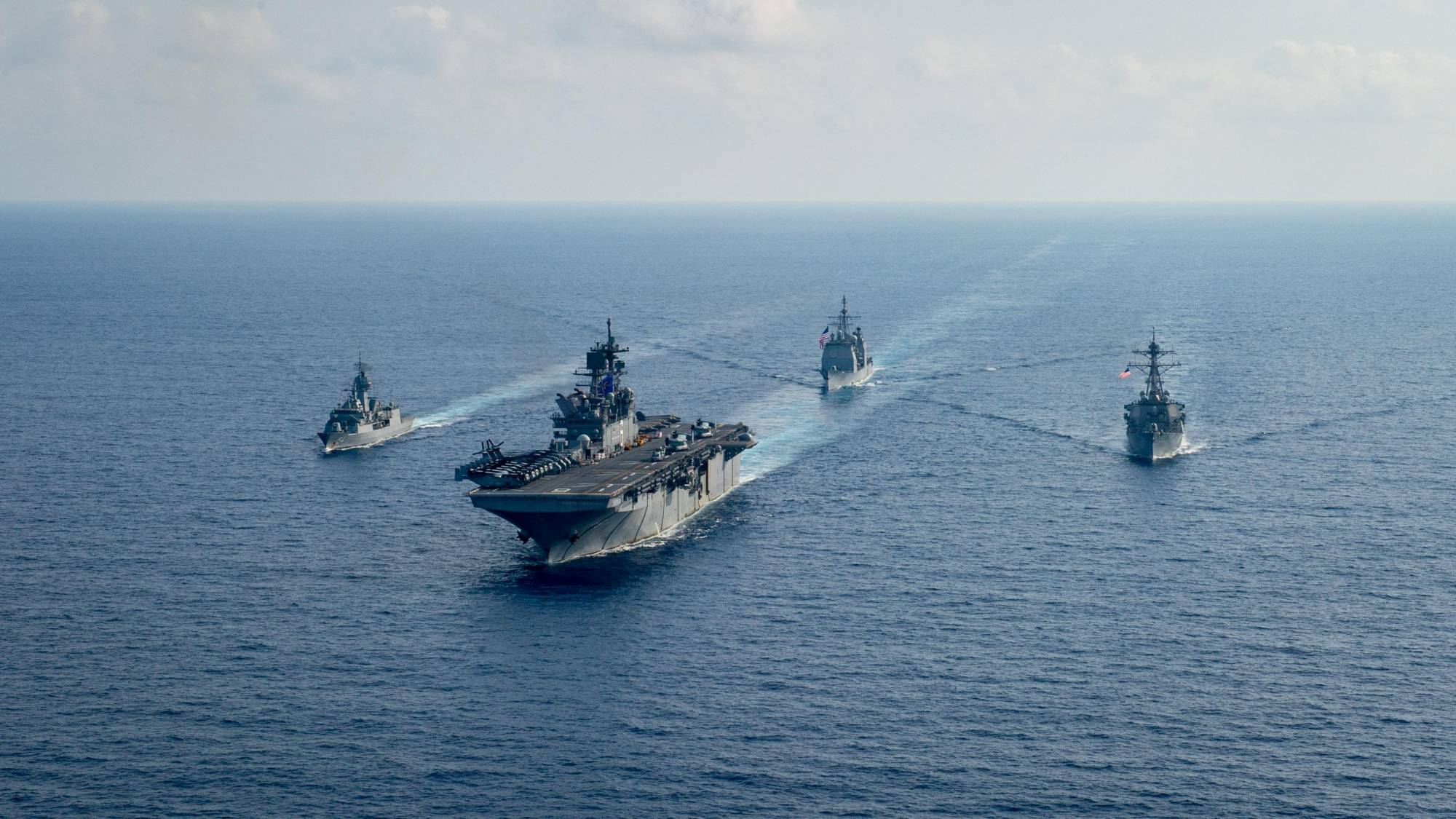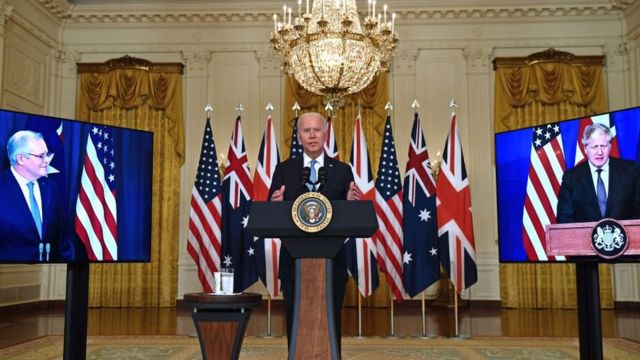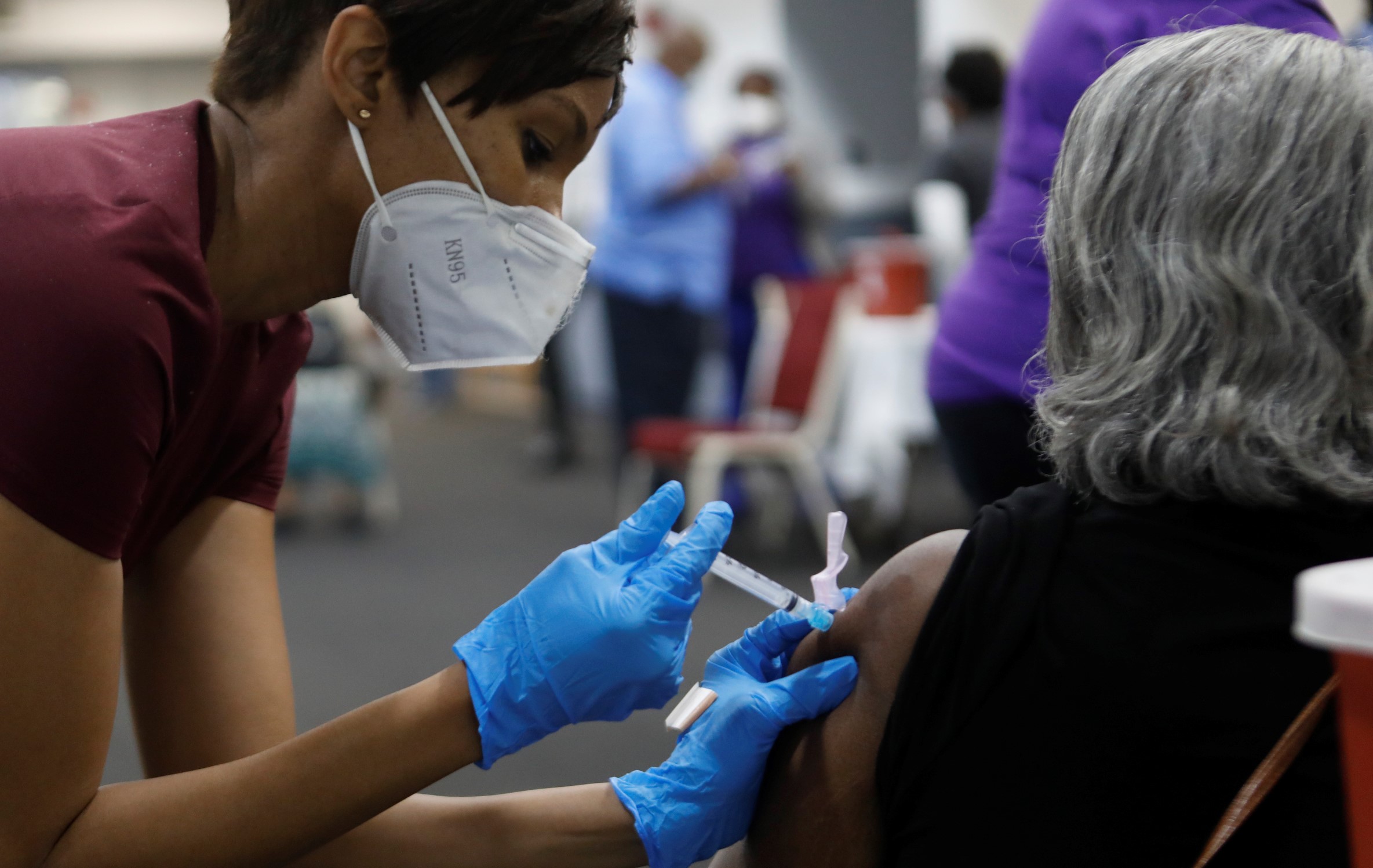Since the announcement of AUKUS, China has been steadfast in its opposition to the trilateral defense agreement. It must be noted that the SSNs of both the US and the UK use highly enriched uranium (HEU) to power their nuclear reactors
R. Vignesh & Abhay Kumar Singh
The announcement of AUKUS by the leaders of Australia, the United Kingdom (UK) and the United States (US) on 15 September 2021 stunned the global strategic community. The sharing of the coveted naval nuclear propulsion technology for nuclear attack submarines (SSN) with Australia by the US and UK was the hallmark of the AUKUS agreement. Apart from enabling Australia to acquire eight SSNs, the three countries pledged to develop advanced capabilities in the areas of cyber technology, Artificial Intelligence (AI), quantum technologies and advanced underwater vehicles (AUVs). The AUKUS announcement was historic given that the last time such sensitive technology was shared was over six decades ago, as part of the 1958 UK–US Mutual Defense Agreement.
For facilitating the sharing of this critical technology under AUKUS, a legally binding tripartite agreement known as the Exchange of Naval Nuclear Propulsion Information Agreement (ENNPIA) was signed in Canberra on 22 November 2021. Since then, significant progress has been made in erecting the governing framework for facilitating the manufacture of eight SSNs and other advanced capabilities. At the same time, however, AUKUS is confronted with many challenges on the horizon. This Brief makes an assessment of the developments that have happened so far and analyses the possible challenges in order to understand the scope of AUKUS, a year since its conception.
AUKUS was set in motion with the signing of ENNPIA by the then Australian Defense Minister Peter Dutton on 22 November 2021. Subsequently, on 9 December 2021, AUKUS’s first joint steering meeting was held in Washington DC. The most significant outcome of this meeting was the decision taken by the three countries to expand the trilateral cooperation under advanced technologies beyond the four initial areas that were highlighted in AUKUS’s maiden joint statement. Subsequently, on 8 February 2022, the ENNPIA entered into force. The record pace of the finalization of ENNPIA and the short interval of three months from signing to entry into force, for analysts, is reflective of the high priority the three governments attached to implementing AUKUS. On 19 February 2022, Foreign Ministers of AUKUS countries met for the first time in person on the sidelines of the Munich Security Conference and reviewed the progress.
On 7 March 2022, then Australian Prime Minister, Scott Morrison, announced an AUD 10 billion plan for the construction of new submarine bases for the SSNs acquired through AUKUS. The bases are likely to be located on the eastern coast of Australia to provide Royal Australian Navy (RAN) with deployment opportunities in both the Indian and Pacific Oceans. On 24 March 2022, the Australian Government announced plans to expand its largest shipbuilding facility, Osborne Shipyard, situated on the Southern Coast of Australia near Adelaide. As the shipyard is already engaged in the construction of nine hunter-class frigates for the RAN, the expansion would facilitate the construction of SSNs.
On 15 June 2022, the Australia–US Submarine Officers Pipeline Act was introduced in the US Congress. The purpose of this Bill is to enable Australian submariners to receive training in the US Navy Nuclear Propulsion School in South Carolina and also serve aboard operational US Navy SSNs. In the following month, the readout of the AUKUS Joint Steering Group Meeting indicated the fast-tracking of efforts in the working groups of hypersonics and cyber technologies. In the last week of August, Australia’s Defense Minister, Richard Marles, visited the UK. During his visit, he participated in the commissioning of the Royal Navy’s fifth Astute Class SSN HMS Anson. Marles announced that Australian submariners would receive training aboard the Astute Class SSNs.
Commemorating one year since the announcement of AUKUS, a Joint Statement was issued on 23 September 2022. While reaffirming commitment to the core objectives of AUKUS, the statement called for promoting deeper integration of industrial bases, accelerating defense innovation and fostering resilient supply chains.

Since the announcement of AUKUS, China has been steadfast in its opposition to the trilateral defense agreement. It must be noted that the SSNs of both the US and the UK use highly enriched uranium (HEU) to power their nuclear reactors. In comparison to reactors that run on Low Enriched Uranium (LEU), the HEU reactors have a longer shelf-life of nearly 30 years which is equivalent to the operational life of the submarine itself. Australia, through the AUKUS deal, is bound to receive similar nuclear propulsion technology that would involve the transfer of HEU.
On 26 November 2021, addressing the International Atomic Energy Agency (IAEA), Chinese Ambassador Wang Qun described AUKUS as a major violation of the nuclear non-proliferation treaty (NPT). He accused the AUKUS nations of showing double standards regarding nuclear proliferation by pointing out their current opposition to Iran’s nuclear programme and their historic opposition to Canada’s SSN programme during the 1980s.
On 6 June 2022, Ambassador Qun once again in his address to the IAEA Board of Governors reiterated China’s concerns over the transfer of HEU involved in AUKUS. He called on the AUKUS nations to immediately and comprehensively report all relevant information about HEU transfer to IAEA.
At the Tenth NPT Review Conference held on 10 August 2022, Chinese Ambassador for Disarmament Affairs, Li Song, described AUKUS as a textbook example of nuclear proliferation. He also stated that AUKUS grossly undermines the South Pacific and Southeast Asia nuclear weapon zones. China proactively sought to get a resolution passed against AUKUS at the IAEA General Conference held in the last week of September 2022. But China withdrew this resolution foreseeing that it would not garner majority support in the IAEA. India’s role in persuading several countries to oppose this resolution has been widely highlighted in both the Indian and international media. Despite this, it can be expected that China’s proactive and steadfast opposition to AUKUS is bound to continue in the years to come.
The Australian Government is expected to announce the plan of action for the construction of the eight SSNs in the latter half of 2023, based on the recommendation of the Nuclear-Powered Submarine Taskforce (NPST), which is headed by Vice Admiral Jonathan Mead of the RAN. The NPST is carrying out rigorous scrutiny of the various aspects of the SSN’s construction. This includes the assessment of the design of the hull, the safety of the nuclear reactors and the establishment of the prerequisite infrastructure. The NPST is a whole-of-government effort spanning 12 departments across the Australian Government ranging from the Prime Minister’s Office to the Department of Skills and Employment.
It is widely speculated that based on NPST’s recommendations, Australia would opt between the Virginia Class or Astute class, which are the latest SSN classes of the US and UK navies respectively. As brought out before, the announcement and provisions have already been made for the Australian submariners to receive training aboard both these SSN classes. However, this complex range of developments only illustrates the tip of the iceberg for AUKUS’s core objective which is bound to span for nearly 30 years. Post this, the estimated completion and delivery of the first SSN is likely to take place during 2038–2040. The earliest forecast for the completion of all eight SSNs is not until 2050, while the farthest forecast suggests it may even extend up to 2059. Given this time-frame, several observers and stakeholders have flagged some of the obvious challenges that AUKUS is bound to face in the long run.
Several articles and opinion pieces have been published marking one year of AUKUS. Most of these articles have flagged certain key challenges that lie ahead for AUKUS.
Submarine Gap: The Australian Defense White Paper titled “Defending Australia in the Asia Pacific Century: Force 2030” was published in 2009. In this document, Australia acknowledged the RAN’s depleting submarine capability and the need for swiftly replacing the six existing Collin Class submarines in its fleet. The document also had ambitiously laid out that RAN seeks to acquire 12 advanced conventional attack submarines (SSK) through the future submarines programme. The White Paper also stated that these submarines would be acquired within the next 30 years and that these boats would be operated until the 2050s.
Through the analysis of the developments that have unfolded in the one year since the announcement of AUKUS, the following inferences can be drawn:
AUKUS reflects the primacy of the US–Australia Strategic Depth: There have been numerous criticisms from both within and outside Australia that by joining AUKUS, Australia has compromised its strategic autonomy. On the contrary, as put forth by Australian Member of Parliament, Andrew Hastie, Australia’s conformity to the US strategic perspective has been the benchmark of their bilateral relations. This has been evident from Australia’s allegiance to the US throughout its engagements during the Cold War, and active participation in the prolonged US-led military operations in Afghanistan and Iraq. The US and Australian strategic conformity are a common feature across all Indo-Pacific geostrategic architectures like the QUAD, Five Eyes and ANZUS. Therefore, AUKUS can be viewed as yet another indicator of the primacy of the US–Australia Strategic Depth across the Indo-Pacific.
AUKUS signals the UK’s return to the East of Suez: On 9 December 2016, Boris Johnson, who was then the Foreign Secretary of the UK, delivered a speech on the changing nature of his country’s foreign policy at the Manama Dialogue in Bahrain. In his address, he denounced the UK’s withdrawal from the ‘East of Suez’ in 1968 as a historic mistake. He brought out that the UK is committed to reversing that policy despite not being the greatest military power. AUKUS illustrates the UK’s efforts to re-establish its strategic footprint in a region where it had historic influence.
AUKUS is not just about Submarines: The AUKUS Undersea Robotics Autonomous Systems (AURAS) and the AUKUS Quantum Arrangement (AQuA) have already been established under the working groups of Undersea Capabilities and Quantum technologies, respectively. Apart from this, the doubling of the working groups under the AUKUS’s advanced capability within one year is an indicator that the scope of AUKUS is beyond just submarines.
Year One of AUKUS has been eventful and this has indicated that AUKUS has been successful in gaining momentum. Year Two of AUKUS is also bound to be extremely important as the 18-month consultation period will end in March 2023 and an announcement on the future course of action would be made. Also, the Australian Government has announced a new “Defense Strategic Review”, which will be published in 2023. This document would provide crucial insights into how AUKUS would figure in the Australian military’s future force structure. Despite these series of developments, however, AUKUS’s potential to tangibly impact the Indo-Pacific geopolitical discourse can perhaps only be seen in the long term.
Dr R. Vignesh is Research Analyst at the Manohar Parrikar Institute for Defense Studies and Analyses (MP-IDSA), New Delhi.
Cmde Abhay Kumar Singh (Retd) is Research Fellow at the Manohar Parrikar Institute for Defense Studies and Analyses, New Delhi
Views expressed are of the author and do not necessarily reflect the views of the Manohar Parrrikar IDSA or of the Government of India.
This article first appeared in the Comments section of the website (www.idsa.in) of Manohar Parrikar Institute for Defense Studies and Analyses, New Delhi on November 2, 2022. This is the abridged version of the original article



























